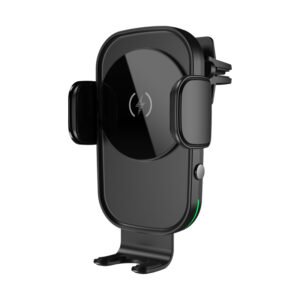In times of disaster or emergency, reliable communication and power are critical needs. Wireless charging technology can play a crucial role in addressing the need for portable and sustainable power sources, making it an essential tool in disaster response and emergency management.
During an emergency or disaster, power outages are common, and charging devices become challenging. This is where wireless charging can make a significant difference. Wireless chargers can be powered by portable generators or solar panels, providing a reliable and sustainable power source for essential devices such as radios, flashlights, and smartphones.
Wireless charging technology also offers the convenience of charging without the need for cables or electrical outlets, making it more accessible and user-friendly in emergency situations. This can save valuable time and resources, as emergency responders can focus on providing aid and support to those in need.
In addition, wireless charging can also play a role in managing resources during an emergency. For instance, wireless charging stations can be set up in designated locations, allowing multiple devices to be charged simultaneously. This can help prevent long queues and reduce the risk of resource wastage.
Moreover, wireless charging can also aid in disaster recovery efforts. For instance, wireless charging technology can be used to power remote sensors or communication devices, providing real-time information on the status of affected areas. This information can then be used to guide rescue and recovery operations.
In conclusion, wireless charging technology has the potential to significantly enhance disaster response and emergency management efforts. It provides a reliable and sustainable power source for critical devices, enhances resource management, and aids in disaster recovery. As such, it is essential for emergency management organizations to consider the integration of wireless charging technology into their disaster response plans.













